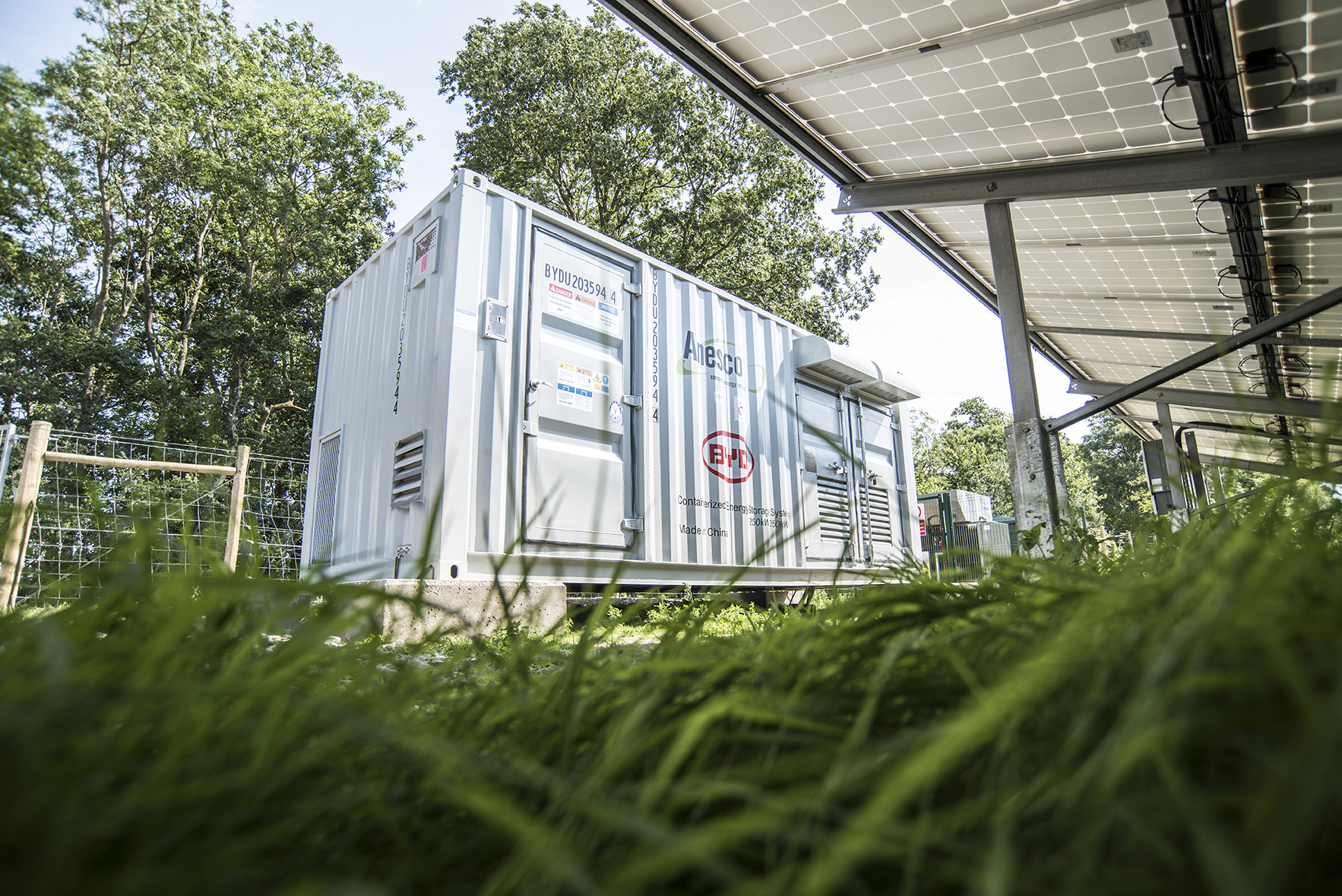Backbone electricity shifter National Grid ESO today pledged cuts as high as four years in delays to connect up to 20GW of utility-scale storage, an essential enabler of intermittent generation from the wind and sun.
Calculated by the ESO as six times the capacity of the Hinkley C nuclear plant, the ‘twenty gig’ offer is split 50:50 between already flagged regional distribution schemes, and higher-voltage transmission networks. NG-ES says today’s announcement is in line with its five-point plan for hook-ups.
Over the Grid’s high-voltage transmission spine, 19 amp-hosting projects totalling around 10GW will be offered new dates to plug in, averaging four years earlier than current expectations.
The ESO’s removal of its insistence on non-essential checks before any battery is connected, a concession long sought by developers, enables today’s acceleration.
Over its lower-voltage distribution network spanning the Midlands, south west England and south Wales, an additional 10GW of unlocked capacity already announced will speed the process. The Grid portrays its initiative as bringing forward ‘shovel ready’ schemes by up to five years.
National Grid say it has talked to more than 200 projects interested in fast-tracking distribution hook-ups. Sixteen say they want to plug in before late 2024, with another 180 looking to connect within two to five years.
The privatised NG-ESO is the monopoly which controls the contractual relationships governing the connection of new generation sites.
Prioritising shareholder pay-outs over essential upgrades to switches and cables is often cited by critics & clean power developers as causing waits of a decade or more to plug in new wind and solar farms.
Last month Common Wealth, a Labour-aligned think tank, reported that the privatised Grid had paid just short of £ 28 billion in dividends since privatisation in 1986. Achieving Net Zero by mid-century will require between £40 bn and £110 in network upgrade, they said with the costs likeliest to fall on customers or taxpayers.
The left-leaning analysts calculated that decarbonising Britain’s grid as expected by 2030 will require building five times the length of high-voltage backbone as were completed in the past thirty years.
Today’s acceleration will be delivered by National Grid Electricity Transmission (ET), the ESO’s arm charged with designing and building in England and Wales’ transmission infrastructure.
The passing into law two weeks ago of the 2023 Energy Act has also helped the initiative. It will see the Grid’s duties as an ‘energy systems operator’ widened into its imminent replacement, a ‘future systems operator’.
ET president Alice Delahunty declared: “We’re committed to speeding up connections and creating a ‘fit for the future’ process for plugging projects into the grid.
“Bringing these battery projects forward is one of a range of actions that our business is delivering to unlock clean energy capacity in England and Wales”.
NG-ESO chief engineer & head of networks Julian Leslie added: “We’re pleased to see the tangible delivery against one of the key points of our five-point plan to speed up connections to the transmission grid for battery and storage projects.
“We’re evolving our network and taking the lead on speeding up connections to make our power system fit for the future, to deliver net zero and keep clean power flowing to the growing number of homes and business across Great Britain, fuelling our economy”.




